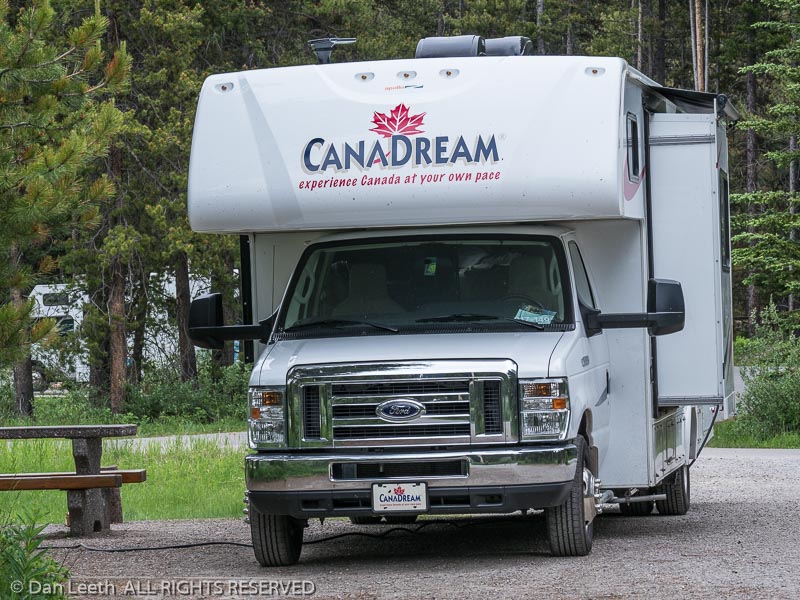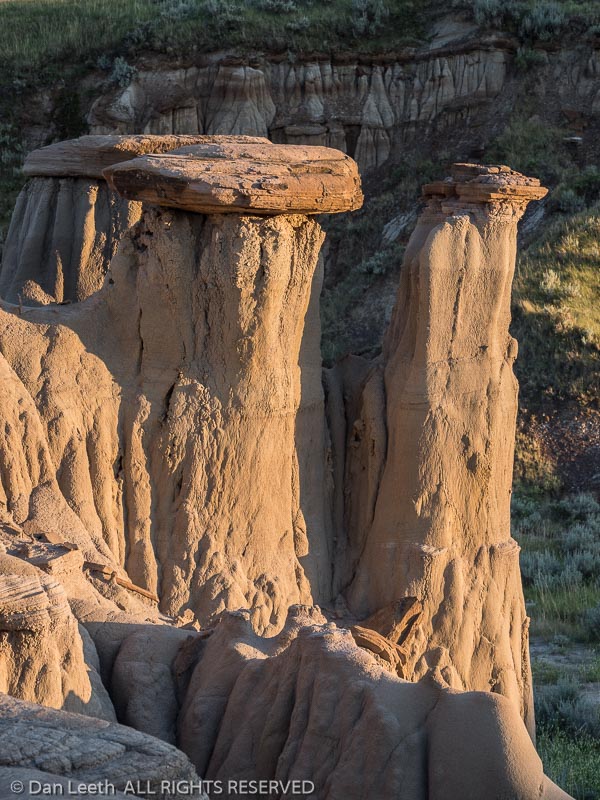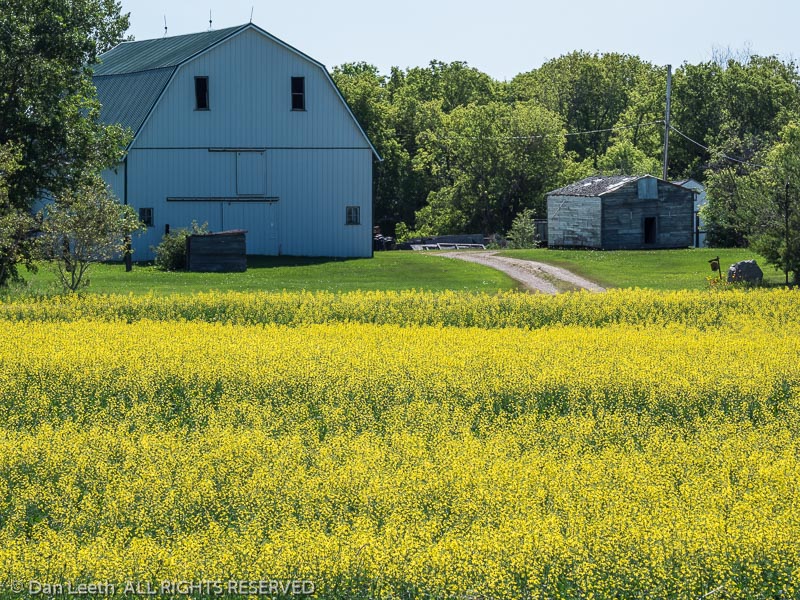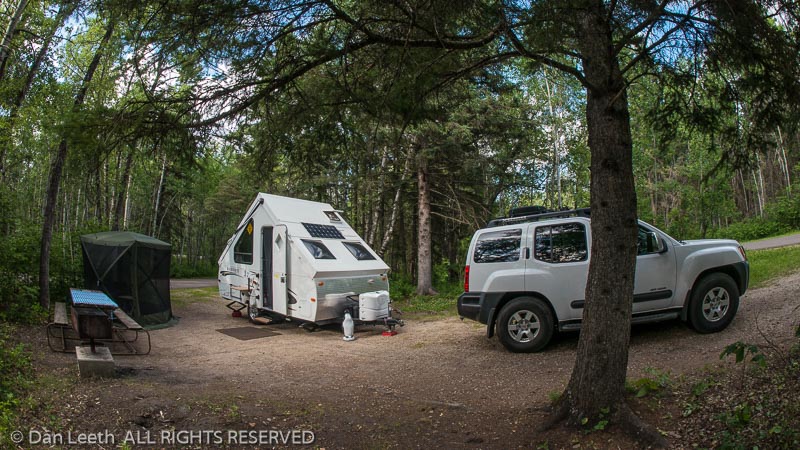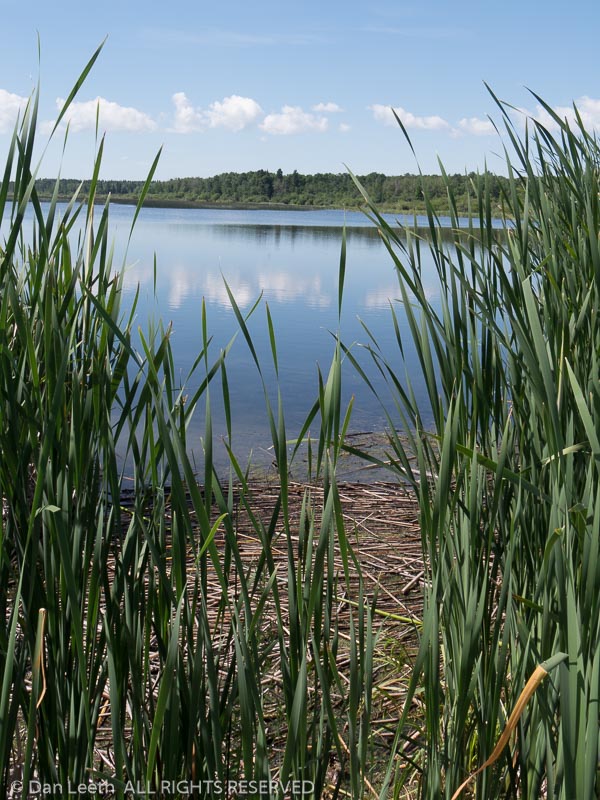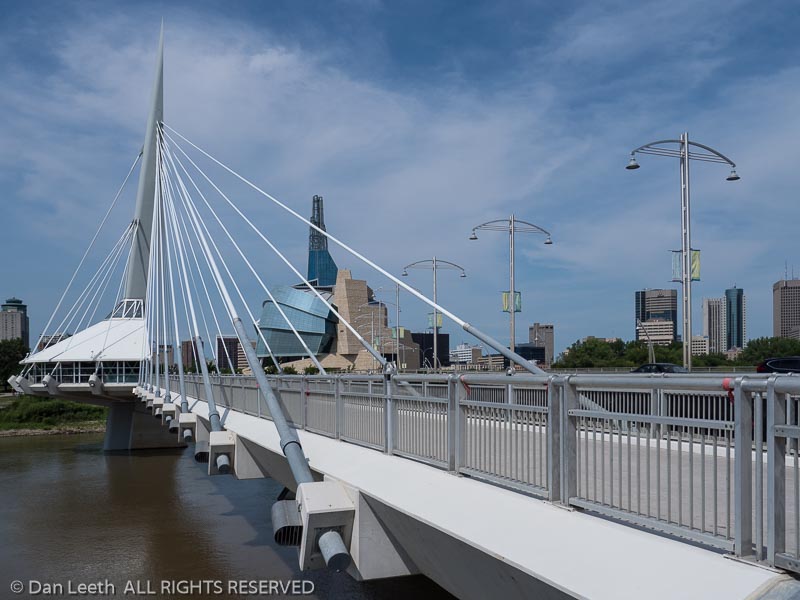Our first night in Canada was at the Redstreak (not to be confused with “Red Stripe,” the Jamaican beer) Campground in Kootenay National Park. Unlike American national park campgrounds, this one boasted eight different loops with varying amenities. It reminded me of our Army Corp of Engineers campgrounds.
We had a 120-volt hookup onsite, but unlike some of the other loops, no water or sewer. The bathroom, which had free showers, was directly across the street from our site. Not only was that very convenient for those of us who don’t have an onboard bathroom, but it also allowed us to chat with fellow campers on their way to or from the facilities.
One woman from Vernon, British Columbia, was enamored with our U.S. and Canada state/province decal maps. I explained that where we come from, all new owners are required to put them on their trailers to show where they’ve been. Using our maps as a reference, she finger-drew where she and her husband had been on their Canada and U.S. adventures.
“We like traveling in your country” she told us, “because gas is so much cheaper.”


